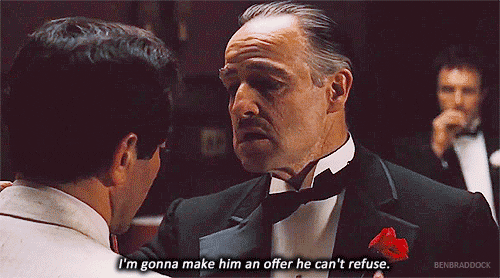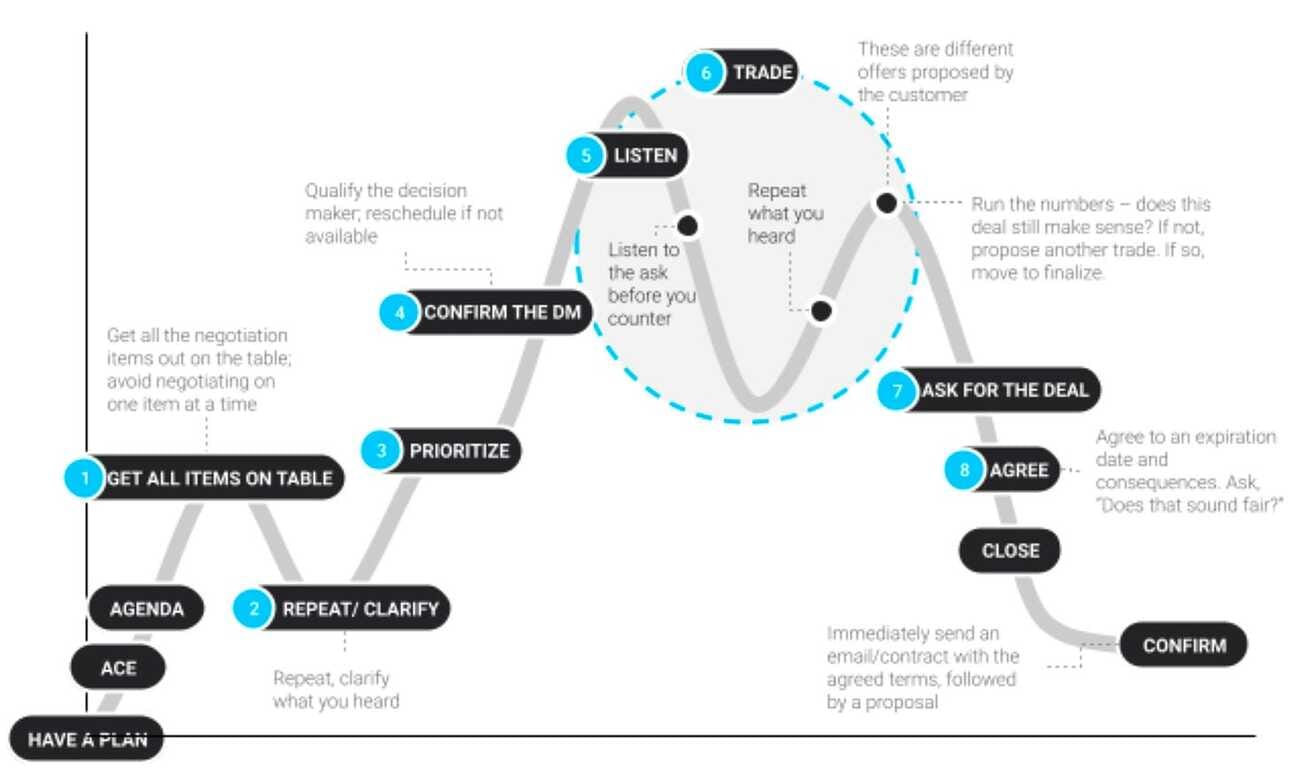- Conquer Sales Newsletter
- Posts
- #11 Do Discounts Work ?
#11 Do Discounts Work ?
Alternatives to Discounts in Negotiations
In the competitive world of business, companies are often quick to offer discounts in a bid to close a deal.
Note that discounts can lead to unintended negative consequences as we’ll explore.
The hope is the discounts will be compensated by an increase in the win rate and so revenue follows.
In this edition of Conquer Sales, we will delve into the reasons why discounts may NOT be the best tool, explore the top items to negotiate instead of a discount BUT we’ll also dig into one question:
Will a discount increase the win rate?
This is going to be a good one!

Understanding the Pitfalls of Discounts
Discounts can seem like a great way to attract customers and close deals, but they're not without their downsides. It's crucial to understand the potential pitfalls of relying too heavily on this strategy:
1. Devaluation of your product or service
When you offer discounts regularly, customers may start to perceive your product or service as less valuable. They may question the quality of your offering or wonder if your regular prices are inflated. Or worse… expect the discounts to continue.
2. Erosion of profits
While discounts can increase sales in the short term, they can also significantly cut into your profit margins. If discounts become too frequent, it can even lead to long-term financial strain… and even instability. It also makes any revenue forecasting harder than it already is!
3. Creating price-driven customers
Offering frequent discounts can attract customers who are primarily driven by price, not value. These customers are more likely to switch to competitors if they offer even lower prices, making it hard to build customer loyalty.
Alternatives to Discounts
There are several alternatives to discounts that can create a more balanced negotiation and lead to better long-term customer relationships. Here are some key areas to consider:
1. Payment Terms
Offering extended payment terms or better financing options can be just as attractive to many customers as a discount. This can be especially effective when dealing with B2B customers who often value cash flow flexibility.
2. Volume Discounts
Instead of offering a flat discount, consider offering a volume discount. This encourages the customer to buy more while preserving the perceived value of individual units.
3. Added Value
Can you add value to your product or service without increasing costs significantly? This could be in the form of superior customer service, extended warranties, free shipping, or bonus features. By focusing on value-add, you can make your offering more attractive without eroding your profit margins.
4. Bundling Products or Services
Consider bundling additional products or services with the primary offering. This can enhance the perceived value and usefulness of your offering, making it more appealing to customers. For example, you can priority customer support if you’re selling a SaaS product.
Negotiating for a Win-Win Outcome
The goal of any negotiation should be a win-win outcome, where both parties feel they have gained something of value.
When negotiating, it's important to understand what the other party values most. This might not always be a lower price. They might value extended payment terms, additional services, or larger quantities more.
By focusing on these areas, you can create a negotiation strategy that delivers value to your customer while preserving your profits and the value of your solution.
This approach not only helps to close the current deal but also fosters a more sustainable and mutually beneficial relationship with the customer.
The Relationship Between Discount and Win Rate
The part I love because they question something that seems (almost) obvious.
Of course they’ll buy if I offer a discount… right?
First let’s dig in a few numbers based on a 2022 study a read recently by Jacco J. van der Kooij, Winning by Design.
Earlier we mentioned that discounts can impact your bottom line, unless you increase your win rate. This increase in the win rate might need to be steep! Remember that.
Historically, after an extensive training program and diligent implementation, an organisation can improve the win rate by 10% (so from 20% to 22%). What this tells us is that the increase in discounts can NOT cover the revenue gap created as the win rate genrally stays the same.
In other words, organisations are giving money away.
Example:
A platform sale with an ACV of $24,000/year
Ten sellers, who are selling on average five deals a month each
They are across the board extending (extra) 10% discount/deal
Ten sellers x 5 deals/mo x 10% x $24,000 are giving away $120,000 in ARR/mo (in profits)
Ouch!
Now let’s take another key element to the mix. The DCMi team, the one’s behind the book the JOLT Effect (must read if you haven’t), based on the analysis of thousands of calls shows that using a critical event, such as a discount, is more likely to decrease the win rate. In other words, discounting hurts the win rate.

It’s all about perspective and mindset in life. Think of it like this:
Negotiate → Trade
Discounts → Price adjustments (never above lower single digits)
So, when a customer isn’t willing to make a PR mention and turns down the discount, the average discount rate across all sellers goes down.

So train your team on discounts!
Conclusion
Discounts can devalue your product and erode profits. They often attract price-driven customers without fostering loyalty.
Alternatives to discounts include flexible payment terms, volume discounts, added value through enhancements, and bundling products or services.
Reframe negotiating as trading which by definition is a win-win outcome. By offering alternatives to discounts, you can deliver value while preserving profits and product value.
Remember, each negotiation is unique, and success lies in understanding customer needs and delivering value. The deal is about more than just price.
Discounts DON’T increase the winrate
I hope you find this edition helpful. Would love to know what you’d like me to cover in the next few editions…
If you can’t find yours in the poll above, reply to this newsletter with your idea!
Reply